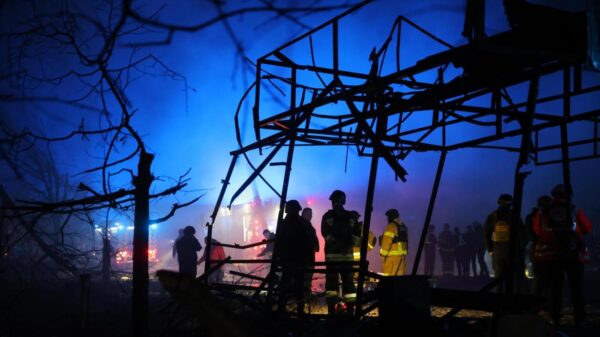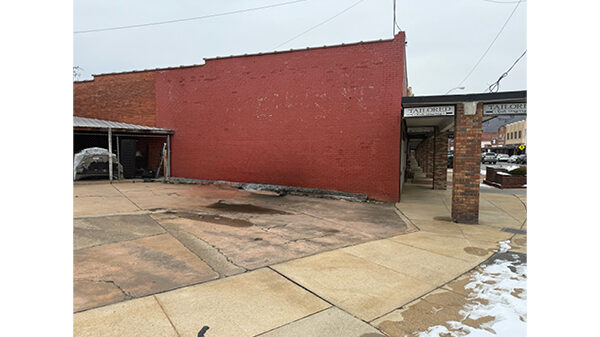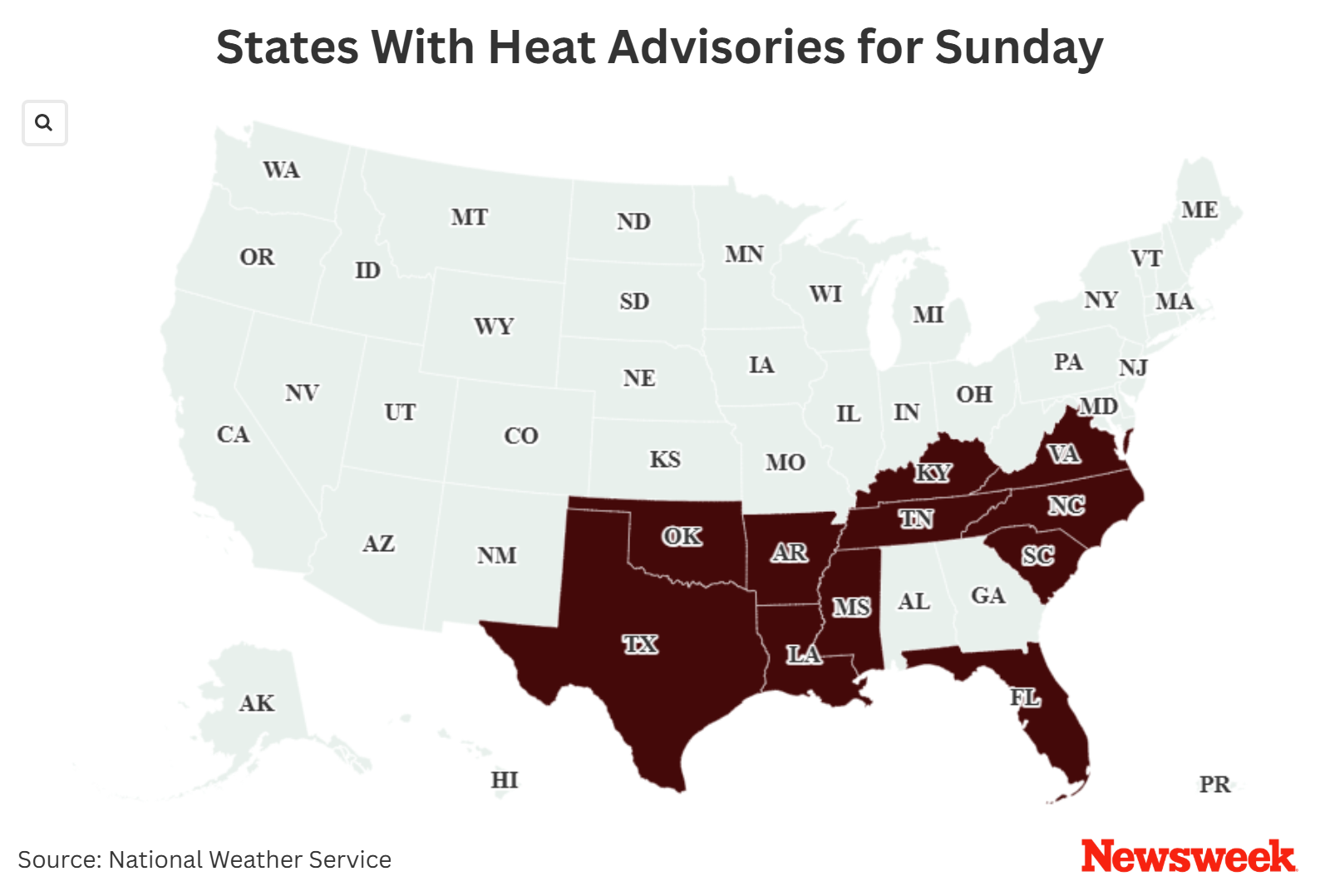UPDATE: A severe heat wave is currently impacting 12 states across the United States, with the National Weather Service (NWS) issuing urgent heat advisories for areas including Kentucky, Tennessee, Mississippi, Florida, Alabama, South Carolina, North Carolina, Virginia, Oklahoma, Louisiana, Texas, Arkansas, and Puerto Rico. Forecasters warn that “dangerously hot conditions” are expected to persist through at least midweek.
As temperatures soar, some regions could experience highs reaching up to 112 degrees Fahrenheit, while most areas are forecasted to range between 108 and 110 degrees. The NWS attributes this extreme heat to a ridge of high pressure entrenched over the southeast, creating a suffocating heat dome that will exacerbate humidity levels typical of the “dog days of summer.”
The implications of this heat wave are serious. Extreme heat is a leading cause of weather-related fatalities in the U.S., surpassing deaths caused by storms, tornadoes, or hurricanes. Between 2004 and 2018, an average of 702 people died annually due to “excess heat.” Vulnerable populations, including older adults, young children, and those with chronic illnesses, are at heightened risk during such extreme conditions.
Authorities are urgently advising residents in affected areas to take preventive measures. The NWS emphasizes hydration, avoiding sun exposure, and wearing loose-fitting clothing. Residents should limit strenuous activities and be vigilant for signs of heat exhaustion or heat stroke. The NWS Louisville office urges, “Drink plenty of fluids, stay in an air-conditioned room, stay out of the sun, and check up on relatives and neighbors.”
The heat advisories are expected to remain in effect throughout the day, with many alerts applying from the morning into the evening. The NWS San Juan echoed similar sentiments, stating, “This level of heat affects most individuals sensitive to heat, especially those without effective cooling and/or adequate hydration.”
In terms of next steps, the NWS forecasts that the oppressive heat will likely continue until cooler air moves in from the north later in the week. Residents should stay informed as the situation develops and prepare for a gradual break in the heat as weather patterns shift.
With power grids under strain due to increased demand for air conditioning, local authorities are on alert. The extreme conditions also pose potential risks to health systems and labor-intensive industries sensitive to heat, raising concerns about the broader implications for community safety and well-being.
Stay tuned for further updates as we monitor this developing situation.



































































